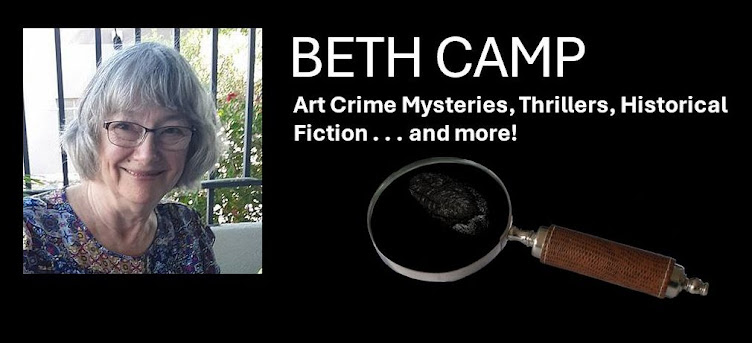Sometimes our fiction takes us to dark places.
Because I write intuitively, sinking down into my characters, sometimes I'd rather skirt along the top of how they're feeling about the predicaments they've gotten into. The 'real' conflict happens off stage. Sometimes my characters are too polite.
In the chapter I'm working on, Mac has been transferred to prison coal mines in 19th Century Tasmania, a horrible, brutal place of no hope. I don't want to write about what he sees or what happens to him.
Some would say that's the muse talking. Back off. Let the story unfold. Or it could be conflict avoidance. To push on, I could draft the scenes for this chapter and let them rest. Cut them later.
But for May's Magazine Challenge #1, I found this lovely article by Wisconsin poet laureate Marilyn L. Taylor, "How to Write the Poem that Scares You" (The Writer Feb 2012). She offers this advice:
1) Wait. She's talking about letting real time pass before you write about a traumatic event. Some writers wait years before tackling the traumas they cannot forget. But the traumatic events here happen to one of my characters.
2. Tell the poem in third person. This is for emotional distance, and as Taylor points out, "to avoid self-pity." This idea helps me because it suggests emotional punch is possible in third person.
3. Try using a traditional form. Taylor explains that raw emotion can be controlled and transformed through the discipline of form.
4. Use a metaphor to replace literal details.This points the fiction writer to consider all images as vehicles to shape the setting, the scene, and the senses.
5. Use humor. Aha! Humor may be all that's left to these men who face sentences of 7 or 14 years or life. Humor could shape dialogue.
Now I'm ready to go to work, part drafting, part research. My purpose: emotional and historical truth. My poor character should be afraid, for he is going to suffer.

No comments:
Post a Comment